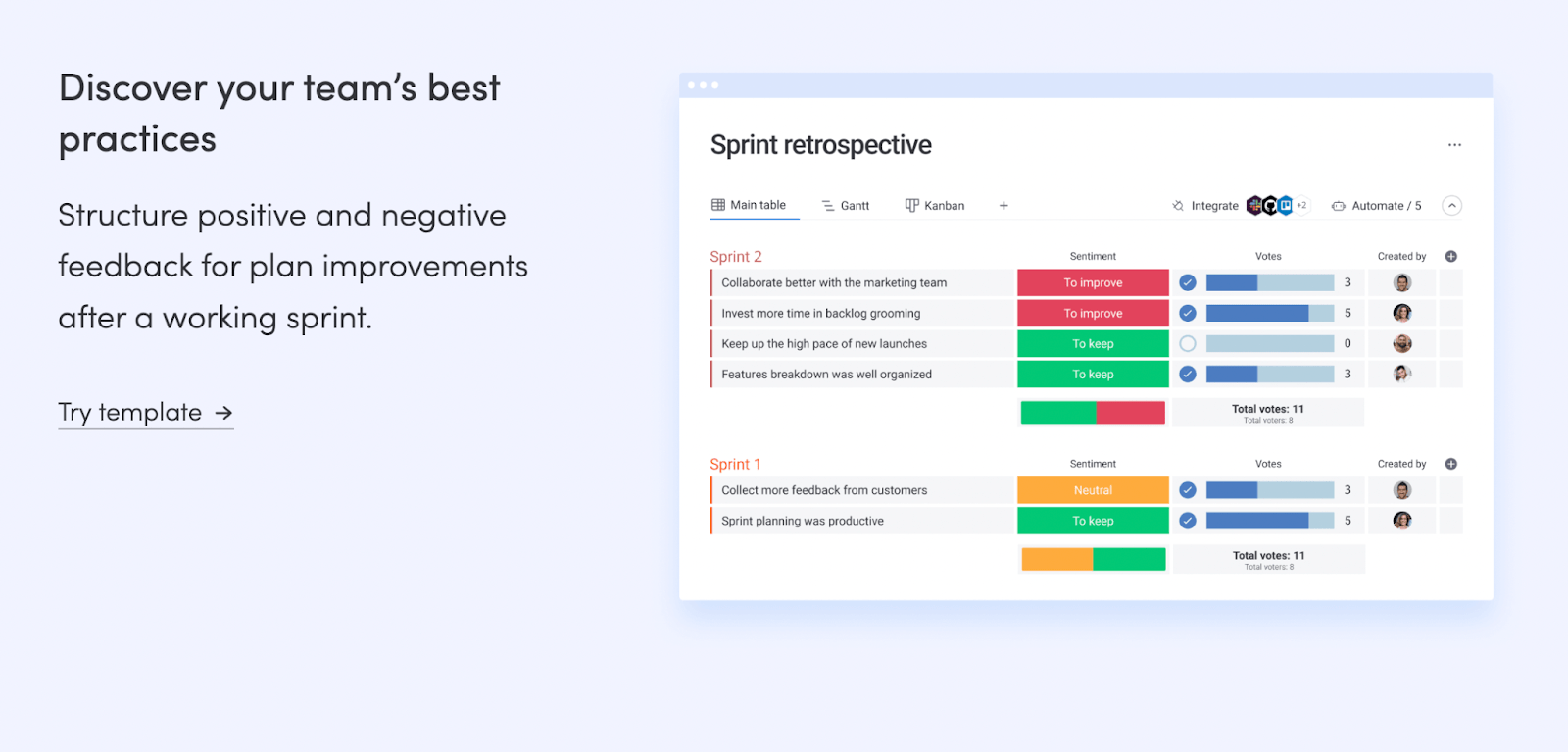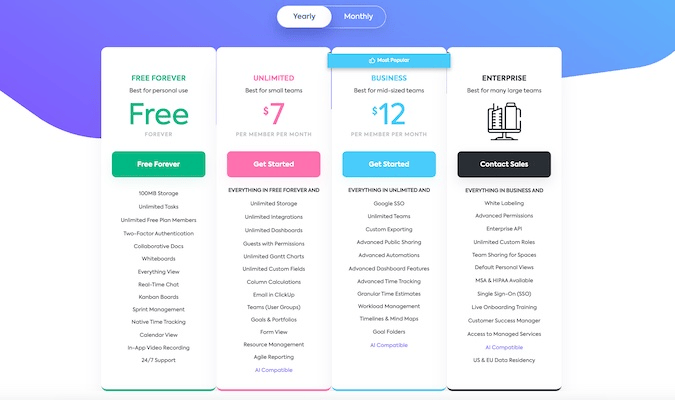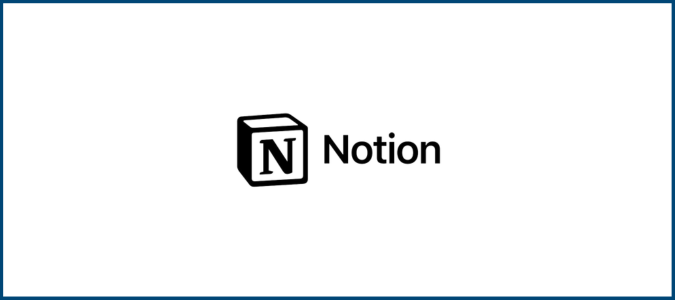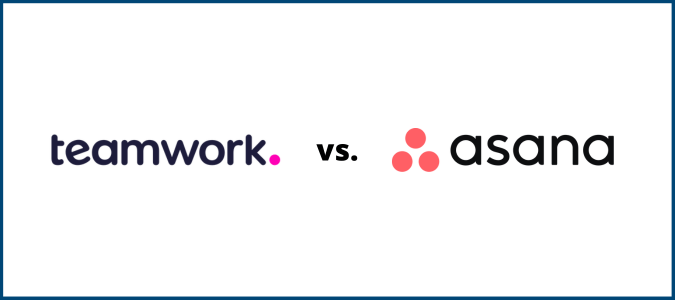Agile and scrum are two popular ways to approach project management. These two methods are closely associated with each other due to their similarities—but the terms are not interchangeable.
Agile project management is a continuous iteration of delivery. Scrum is an agile process that focuses on delivering business value in the fastest possible time.
Both are good for different use cases. If you’re using scrum for project management, you’re technically using an agile framework. But not all agile projects use the scrum method. (It’s kind of like how all squares are rectangles, but not all rectangles are squares.) So agile takes a slight edge due to its flexibility.

Agile Compared to Scrum
Agile project management is a highly flexible and collaborative approach to managing projects and teams. It’s ideal in scenarios when the project scope and constraints aren’t well defined, where timelines and tasks continue to change throughout the project. Sign up for a free ClickUp plan—our top recommendation for agile project management software.
Scrum is the most commonly used agile methodology that’s also used to develop products in environments susceptible to changes. This method works well for small teams, and the delivery cycles are broken up into sprints that typically last around two weeks. Monday.com is an excellent project management tool for scrum projects, and you can sign up for free.
More Top Agile Project Management Tools
ClickUp and Monday.com are just two of the many great project management tools on the market today. Our team here at Crazy Egg conducted extensive research and testing on dozens of tools in this category before narrowing down the top six. See all of our top picks here to read our reviews and find the best project management software for you.
Where Agile Shines
Stakeholder Involvement: Compared to other project management methodologies, agile is one of the few frameworks that keep stakeholders involved throughout the entire process. Clients and stakeholders have a chance to see progress and provide feedback, which increases the chances that they’ll be satisfied with the final delivery. Stakeholders won’t be surprised when the project ends since they’ll be highly involved from start to finish.
Quickly Identify Issues: Due to the collaborative approach and short cycles associated with agile frameworks, it’s easy for project managers and team members to identify potential problems in the early stages. Most tasks in agile projects aren’t dependent on others—meaning teams won’t have to wait until halfway through the project to uncover potential flaws. Quick identification of any problems means that changes can be made swiftly without having a large impact on the project.
High Flexibility: Agile project management is an iterative approach that’s best used when project restraints aren’t clearly defined. The scope of the projects, tasks, and deliverables continue to change, sometimes as often as bi-monthly. Teams aren’t forced to meet hard deadlines or work within strict constraints as they’re working through the backlog.

Team Collaboration: Team communication is a top priority for every agile project management team. Most project managers will host a quick daily meeting for about 15 minutes to get everyone on the same page. This gives the team a chance to discuss roadblocks and assist each other. Agile teams also have longer meetings at the end of a delivery cycle to evaluate what they did well, what areas of the project need improvements, and how they can move forward based on this feedback.
Promotes Efficiency and Productivity: The short delivery cycles associated with agile management help foster team efficiency and productivity. Teams are asked to complete tasks in the backlog, typically in two-week sprints. It’s much easier to break down the project into these shorter bursts instead of working with a seemingly infinite backlog of tasks over several months.
Ideal for Software Teams: Software developers prefer the agile project management methodology over other methods and frameworks. This method works great for mobile app development, web applications, SaaS, and other IT-related deliverables. Most developers, designers, QAs, and other key members of software teams have experience with agile frameworks, so there won’t be much of a learning curve as you’re deploying this for the first time.

Where Agile Falls Short
Timeline Extensions: Priorities often change several times during agile projects. As a result, project timelines could be extended for several weeks or months—depending on the scope of the changes. While agile teams aren’t constrained by hard deadlines, most project managers and stakeholders would prefer to complete projects early instead of extending them.
Additional Costs and Budget Changes: As the timeline of a project gets extended, there’s a good chance that additional costs will follow. Some costs are straightforward, like paying for the labor of the project team. Other costs can be more significant, like adding new features to software products or needing new resources to support the development team or final product.
High Dependency on Team Collaboration: Agile teams must work well together for the project to succeed. The method is designed to foster team collaboration and is highly dependent on each person communicating well. If team members don’t know how to properly provide and receive feedback from their co-workers, it can create problems for the project. Collaboration in agile projects typically improves when teams have more experience working together compared to newly formed teams.
Reliant on Effective Stakeholder Participation: Some agile teams don’t love the fact that stakeholders are so highly involved throughout the process. While most clients and stakeholders understand their roles in the project, some are disconnected and uninterested in participating. Other stakeholders might be highly critical of the team or constantly demand new changes to the project.
Where Scrum Shines
Sprint Planning: The work in scrum projects is organized into short sprints. Each sprint lasts from one to four weeks. Each new sprint kicks off with a “sprint planning” meeting to define what can be accomplished during that sprint and how those tasks will be achieved.
Role Division: Every person on a scrum project management team has a clearly defined role and responsibility. The three main roles are the scrum master, product owner, and development team. Product owners manage the backlog and relay updates to relevant stakeholders, while the scrum master is responsible for managing the team.
Sprint and Product Backlog: The work in scrum project management is segmented into tasks. A list of every task that needs completion is clearly organized and viewed in the product backlog. Items moved to the sprint backlog are supposed to be completed during each one to four week-sprint.

Sprint Review: A sprint review takes place at the end of each sprint. This is a more detailed meeting between the project team, scrum master, product owner, and stakeholders. The team will present what they’ve accomplished during that particular sprint. Everyone in the meeting works together to get on the same page, ask questions, define what went well, and provide suggestions for the next sprint.
Daily Meetings: Scrum teams meet for 15 minutes every working day for a quick update. This is a chance for team members to share what they’re working on and ask any questions that can help them complete their planned tasks for the day.
Sprint Retrospective: After sprint reviews, a more comprehensive retrospective takes place. This is designed to look specifically at mistakes or problems from the previous sprint and how those issues could be better handled moving forward. Any data from the retrospective will be incorporated into the ensuing sprint.

Where Scrum Falls Short
No Deadlines: There are no hard deadlines in scrum projects. If the team does not complete all tasks in the backlog during a sprint, there aren’t any repercussions. Those tasks are simply moved to the next sprint, which could extend the project timeline.
Difficult to Budget: Without a firm project timeline or scope, it can be challenging to plan scrum projects from a budgeting perspective. Costs can easily go beyond what stakeholders initially planned as additional sprints are required.
Reliant on Self-Motivated Small Teams: Scrum works best if the team members are experienced and know how to accomplish tasks without micro-management. It’s everyone’s responsibility to clear tasks in the backlog without getting their hands held along the way. Scrum can be challenging if you’re working with larger teams or members who aren’t very autonomous.
Lack of Leadership: Scrum masters are not quite the same as project managers. Instead, scrum masters perform more of a coaching and facilitation role. It’s not their job to lead teams in the same way as a traditional project manager—making it difficult for some scrum teams to stay on track.
The Final Verdict on Agile Compared to Scrum
At first glance, it’s easy to see why agile and scrum are often confused with each other. They each rely on an iterative process, high client stakeholder involvement, and a collaborative team approach.
The biggest difference between agile and scrum lies within the finer details. Agile is more of a philosophy and broader project management framework. Scrum is a specific methodology within the agile framework.
By definition, every scrum project is also agile. But not every agile project uses scrum.
If you want to use an agile framework for your project, but you’re not sure which method you’re going to use just yet, ClickUp is the best tool to consider. Trusted by more than 800,000+ project teams, the software supports a variety of use cases ranging from software development to marketing, HR, and operations.
ClickUp has plans and features to accommodate teams of all sizes.

There’s even a free forever plan, which can best be used as an extended free trial to get your feet wet with the tool. While the free plan is fine for solo users, it doesn’t really accommodate true agile project management that’s dependent on team collaboration.
Upgrading to an Unlimited or Business plan will be the best option for most agile teams. Starting at just $7 and $12 per person per month, respectively, it’s an excellent value when you look at the features you’re getting.
ClickUp supports unlimited storage, unlimited integrations, unlimited dashboards, guest access with custom guest permissions, Gantt charts, Kanban boards, Google SSO, and robust agile reporting.
You can even use ClickUp for sprint management—meaning the platform supports the scrum methodology if you choose to go that route.
For teams that plan to use the scrum methodology, Monday.com is a great option to consider.
Monday.com has quickly evolved over the years into a highly versatile project management tool. Here’s a quick overview of the basic plans and pricing for the project management platform.

Similar to ClickUp, there’s also a free forever plan—but it doesn’t really support true agile or scrum teams.
The Standard plan is going to be the best option for most people. At $10 per user per month, just $2 more than the entry-level Basic plan, it supports everything you need to start a scrum project. We can’t justify the Basic plan, as it does not come with timeline views or Gantt charts.
If you’re planning to use scrum specifically for software development, Monday.com has a separate solution that can accommodate your needs—Monday dev.

The plans are similar to the traditional Monday.com project management platform. But the price is just a couple of extra dollars per user at each price point. This added cost is well worth it when you look at the developer-specific features that will come in handy for scrum projects.
I really like Monday.com’s resources for sprint planning as well. It’s also great for taking notes, brainstorming, and providing feedback. These features are great for keeping everyone on the same page—without the need for a separate tool.
ClickUp and Monday.com are two of six agile project management tools that we recommend here at Crazy Egg. Read our full in-depth review to see other recommendations and additional resources about finding the best agile project management software for you.
- ClickUp – Best agile project management tool for most
- Monday.com – Best lifeline for Agile team collaboration
- Trello – Best for achieving Agile project management mastery overnight
- Asana – Best for automating the routine work you hate
- Teamwork – Best all-in-one Agile project management tool
- Jira Software – Best free forever Agile project management tool















